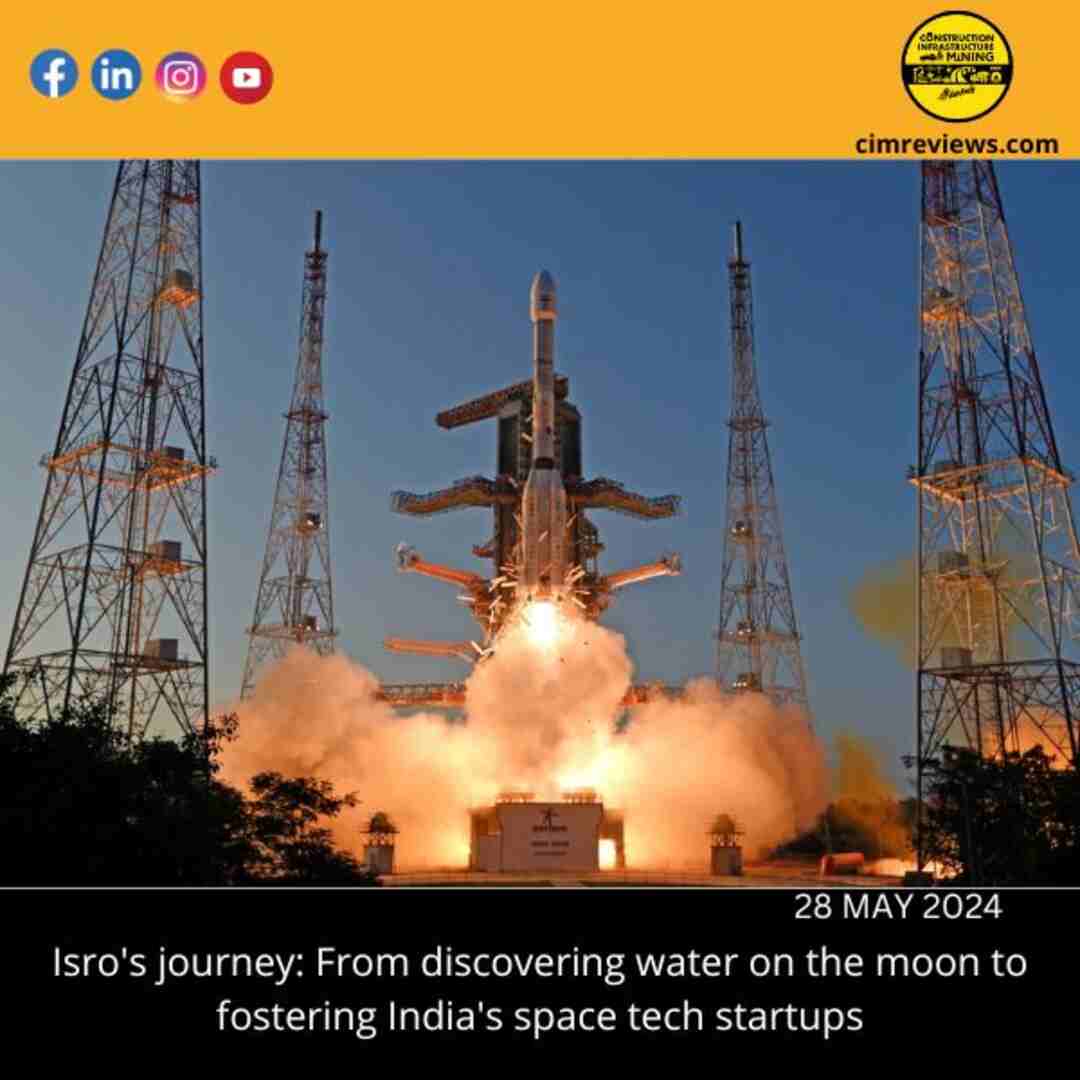The Indian Space Research Organisation (Isro) launched the RISAT-2, the first radar imaging satellite, fifteen years ago in April 2009. Although the satellite was deployed later in 2012, the numbering indicates an older RISAT-1.
A synthetic-aperture radar (SAR)-equipped earth observation satellite was called RISAT-2. It was used for disaster management, forestry, agriculture, and soil moisture measurement in addition to surveillance. It was able to take high-resolution pictures thanks to SAR technologies.
In 2024, a Bengaluru startup named GalaxEye and the Indian National Space Promotion and Authorization Centre (IN-SPACe), an independent organisation under the Department of Space, inked a memorandum of understanding (MoU) to utilise Isro’s co-working and testing facilities for the native SAR and MSI (multi spectral imaging) technology that GalaxEye is developing.
Co-founder and CEO of GalaxEye Suyash Singh stated in a blog post following the announcement of the Memorandum of Understanding that “this partnership marks a transformative chapter not only for GalaxEye but for the entire field of space exploration.” The pressing necessity for increased all-weather satellite surveillance following the November 2008 Mumbai terror attacks was one of the primary drivers of development.
He makes a valid point. Future generations will reflect on this period in India’s space exploration history and remark that Isro helped to develop the nation’s nascent private space technology sector. Beyond its own outstanding missions, this is probably going to be Isro’s most significant contribution in the long run.
GalaxEye is the most recent Indian space-tech business to receive funding from venture capital and private investors to form a similar alliance with Isro. With Isro’s crucial assistance, a complete ecosystem of private space-tech initiatives, ranging from satellite launch vehicles to in-space propulsion systems to earth observation satellites, is gradually taking shape in India.
Skyroot Aerospace is one of these firms, having successfully launched and tested its first technology demonstrator rocket. Agnikul Cosmos will shortly conduct its first rocket test. Bellatrix Aerospace intends to construct its in-space propulsion systems at a cutting-edge facility in Bengaluru. The first of these goods has been launched into space to showcase its capabilities.
GalaxEye developed the first domestically produced SAR-equipped drone in India in 2023. Currently, it is developing a constellation of private earth observation satellites. In the upcoming 12 months, the corporation plans to launch its first satellite, which will be known as Drishti Mission. GalaxEye claims that this satellite will be the first in India and the highest-resolution multi-sensor imaging satellite in the world.
Isro has accomplished some absolutely amazing milestones and accomplishments in the last 15 years. Chandrayaan-1, GSAT-4, Mangalyaan, the Mars orbiter, GSAT-9, GSAT-19, and GSAT-29, Chandrayaan-2, PSLV-C51/RISAT-1A, and of course the amazing accomplishment of Chandrayaan-3 are a few of the notable ones.
India’s first lunar mission, Chandrayaan-1, was launched in October 2008 and yielded several significant findings as well as data analysis in 2009. On the lunar surface, water molecules were found.
The goal of Chandrayaan-2, which was launched in July 2019, was to deliver a lander on the lunar surface in order to look for water ice on the south pole of the moon. While the orbiter keeps studying the Moon, the lander, Vikram, lost contact during the effort to land. When Chandrayaan-3 successfully landed a lander on the moon in August 2023 and manoeuvred a rover named Pragyan, it erased the disappointment of the previous attempt.
In order to show that India is capable of sending people into space and safely returning them, Isro plans to launch a crewed flight in 2025 as part of Gaganyaan, the country’s first manned space mission, which was announced in 2018. The mission, which will eventually take three of the air force pilots to an orbit of 400 km and return them after three days, was announced in February.
Returning to the commercialization of space technology, Isro launched 104 satellites with the PSLV-C37 rocket in February 2017, setting a new global record. Isro has since made its capabilities available to other clients worldwide.
A noteworthy recent launch was the Indian space agency launching 36 satellites for OneWeb, a satellite constellation business based in the UK and supported by investors such as Bharti Enterprises of India.
The March 2023 launch was OneWeb’s second successful commercial launch from India. The launch agreement was reached through NewSpace India Limited (NSIL), which adds significantly to the narrative of how Isro’s capabilities are supporting India’s growth into international commercial space operations.
According to Somanath S, secretary of the Department of Space and chairman of Isro, the launch was a “very important milestone for Isro as we demonstrated the successful launch of the second consecutive commercial payload of OneWeb.” “In the history of Indian space exploration, this launch has set a new record.”
He continued, “Isro is confident of handling many more such launches on demand for both LEO and GEO mission in the future” with the launch of LVM3, the rocket that launched the satellites, through NSIL.
The launch of IN-SPACe in June 2020 and the creation of NSIL, the commercial arm of Isro, as a fully owned government of India enterprise under the Department of Space in March 2019 together formed a potent combination that sparked India’s decision to open up Isro to the private sector.
Group Media Publication
Construction, Infrastructure and Mining
General News Platforms – IHTLive.com
Entertainment News Platforms – https://anyflix.in/
Legal and Laws News Platforms – https://legalmatters.in/
Podcast Platforms – https://anyfm.in/





